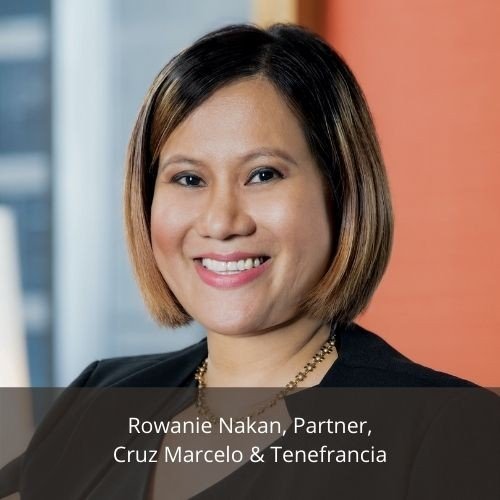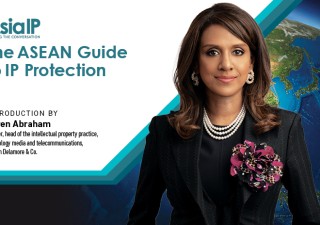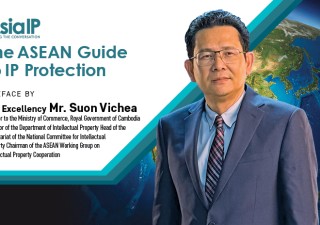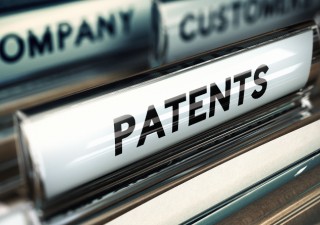Brand protection over patents?
23 November 2020

According to Rowanie Nakan, a partner at Cruz Marcelo & Tenefrancia in Manila, some technology owners are inclined to focus on brand protection instead of patent protection.
This is especially true for online technologies that are drowning in a sea of newer innovations and thus, are quickly becoming obsolete.
Under Philippine law, patents have a maximum term of 20 years starting from the date of filing. Utility models, also called petty patents, have seven years starting from the date of filing.
However, official records from the Intellectual Property Office of the Philippines (IPOPHL) indicate the following: The average turnaround time for a patent to be registered is four years and three months. But in some instances, the process took seven years, significantly reducing the term of protection. For petty patents, the turnaround time could take two years at the most, bringing down term of protection from seven to five years. It is also not renewable.
“While the IPOPHL indeed continues to implement remarkable reforms in terms of streamlining its processes despite limited resources, the protracted period within which technology owners may finally enjoy their IP rights is nevertheless a genuine business concern which must be balanced against other market realities, especially for IT-related technologies,” said Nakan.

“If they perceive their own technology as belonging to an environment that is rapidly progressing and where cost is a concern,” she added, “they may be inclined to focus their resources on brand protection-driven strategies that are not limited by any legal term.”
Crucial to brand protection is the registration of trademarks. Funds allocated for online branding should be backed by trademark protection, she said.
With the pandemic still raging, many businesses around the world have shifted from their brick and mortar stores to the digital space. If these businesses already have registered trademarks, Nakan said they might want to add the appropriate Nice Classification. The Nice Class is a standardized system of classifying goods and services for trademark registration.
“As digital spaces introduce new services, registration in an additional Nice Class, e.g., Class 35, may be wise in the long-term,” she said.
Class 35 includes the service of bringing together a variety of goods via electronic media to allow customers to view them and make their purchase digitally.
“As companies navigate through their new online realms, and at times even reach and open new market segments, they must ensure that their marks and brands are protected at the outset,” said Nakan, “and in all possible areas of expansion.”
However, Nakan added that patent protection remains a sound strategy for companies with core technologies that have wide-ranging applications. Not only will patents provide long-term protection; they are also poised to maximize profits.
The Network folder synchronization patent filed in 2010 by Drew Houston and Arash Ferdowsi of the famous Dropbox app is an example of a core technology. It is a basic technology which enables multiple users to access, create, and edit files in a networked folder. Updates of this technology have been instantaneously synchronized and made available to all other users. Now, it is a central technology to most, if not all, cloud storage services including Google Drive and Microsoft OneDrive.
“It is still prudent to seek both brand and patent protection as far as practicable, and the former is not necessarily more crucial than the latter,” said Nakan. “It is our observation, however, that while this holistic strategy is sensible, the same must yield to an appreciation of other circumstances that may require a different approach.”
“One such circumstance, as explained above, is when in a business’ perception, the technology it has developed will be made obsolete in relation to the pace the market churns newer and better technologies,” she explained, “thus rendering impractical the more costly and protracted patent prosecution process.”
Espie Angelica A. de Leon






